Home>Gardening & Outdoor>Landscaping Ideas>When To Plant Centipede Grass Seed In North Carolina
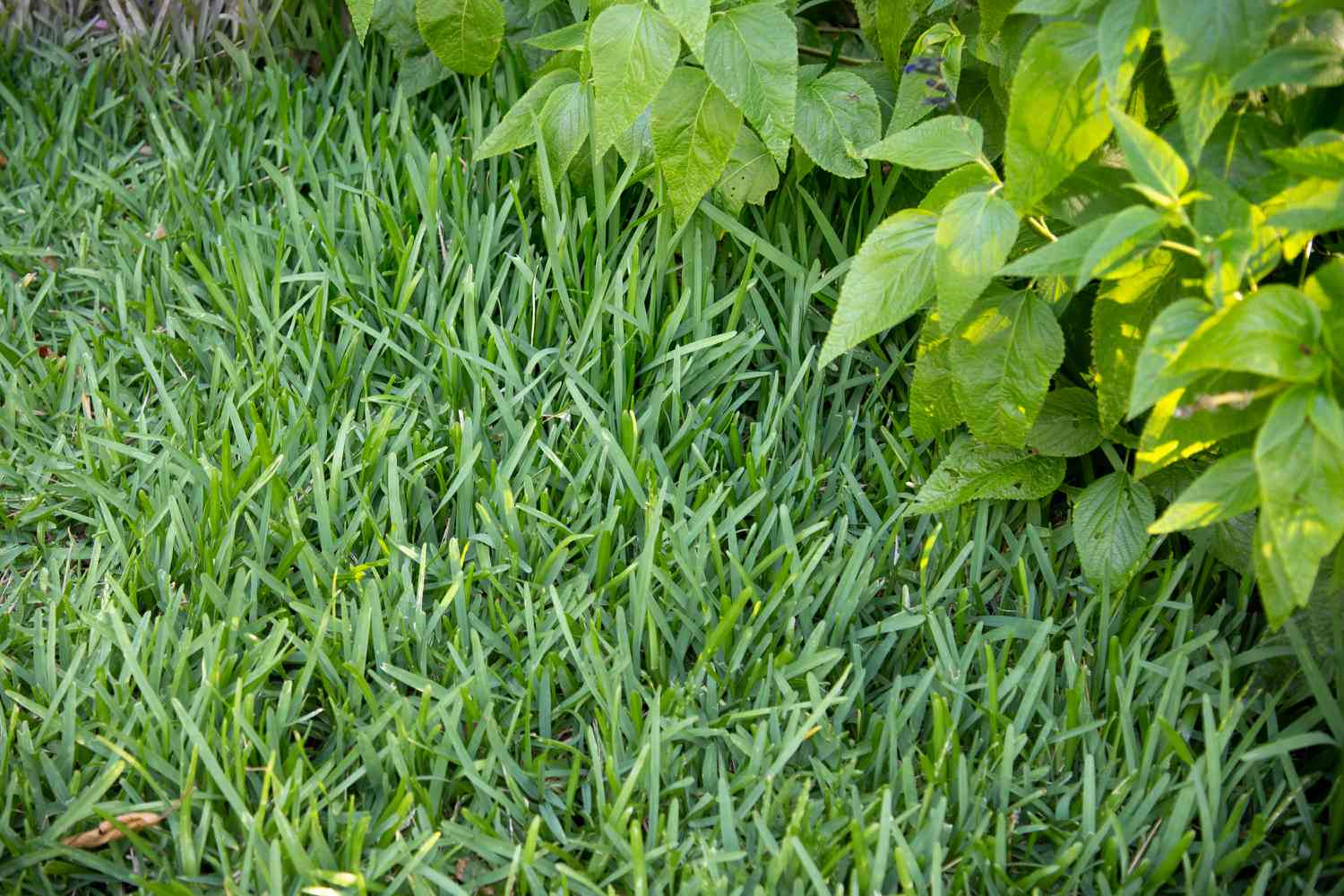

Landscaping Ideas
When To Plant Centipede Grass Seed In North Carolina
Modified: April 2, 2024
Discover the best time to plant centipede grass seed in North Carolina for a lush, vibrant lawn. Get expert landscaping ideas to ensure a successful planting.
(Many of the links in this article redirect to a specific reviewed product. Your purchase of these products through affiliate links helps to generate commission for Storables.com, at no extra cost. Learn more)
Introduction
Understanding Centipede Grass
Centipede grass is a warm-season grass known for its low maintenance requirements and excellent heat tolerance. It thrives in the southern United States, including the coastal regions of North Carolina. This grass variety is popular among homeowners due to its attractive, light green color and its ability to grow in poor soils. If you're considering planting centipede grass in North Carolina, it's essential to understand the optimal conditions for growth and the best time to plant the seeds.
In this guide, we will delve into the specifics of centipede grass cultivation in North Carolina, including the climate and soil conditions that favor its growth. We will also discuss the ideal timing for planting centipede grass seeds and provide valuable insights into preparing the soil, planting the seeds, and caring for the newly established grass. By the end of this article, you will have a comprehensive understanding of when and how to plant centipede grass seed in North Carolina, empowering you to create a lush and vibrant lawn that thrives in the local climate. Let's embark on this green-fingered journey and explore the world of centipede grass cultivation in the beautiful state of North Carolina.
Understanding Centipede Grass
Centipede grass (Eremochloa ophiuroides) is a warm-season turfgrass that is well-suited to the climate of North Carolina. Known for its low maintenance requirements and excellent heat tolerance, centipede grass is a popular choice for lawns in the southern United States. It is characterized by its coarse texture and light green color, adding a vibrant and inviting aesthetic to landscapes.
One of the key advantages of centipede grass is its ability to thrive in poor soils, including those with low fertility and acidic pH levels. This makes it particularly well-suited to the coastal regions of North Carolina, where sandy and acidic soils are prevalent. Centipede grass has a relatively slow growth rate, which means it requires less frequent mowing compared to other grass species, reducing the overall maintenance demands of the lawn.
When established under favorable conditions, centipede grass forms a dense, attractive turf that provides excellent ground cover. It spreads through stolons, which are above-ground stems that root at the nodes, enabling the grass to gradually expand and fill in bare patches. Additionally, centipede grass exhibits good drought tolerance, allowing it to withstand periods of limited rainfall common in North Carolina.
Understanding the growth habits and characteristics of centipede grass is essential for successful cultivation. By leveraging its natural resilience and low maintenance requirements, homeowners in North Carolina can create vibrant, sustainable lawns that enhance the beauty of their outdoor spaces. As we delve deeper into the optimal conditions and timing for planting centipede grass seeds in North Carolina, you will gain valuable insights into harnessing the full potential of this versatile and resilient grass variety.
Climate and Soil Conditions in North Carolina
North Carolina exhibits a diverse climate, encompassing both coastal and inland regions, each with its own unique environmental characteristics. Understanding the local climate and soil conditions is crucial for determining the suitability of centipede grass and optimizing its growth in different areas of the state.
Coastal Regions:
- The coastal regions of North Carolina experience a humid subtropical climate, characterized by hot, humid summers and mild winters. This climate is conducive to the growth of warm-season grasses like centipede grass, which thrive in the heat and humidity.
- The sandy soils prevalent in coastal areas often have low fertility and acidic pH levels, which align with the soil preferences of centipede grass. Its ability to tolerate acidic soils makes it well-suited to the coastal regions, where other grass species may struggle to thrive.
Inland Regions:
- The inland regions of North Carolina, including the Piedmont and Mountain regions, have a more varied climate, with cooler temperatures and distinct seasonal changes. While centipede grass can still flourish in these areas, the climate may pose challenges during the cooler months.
- The soil composition in inland regions varies, with some areas having loamy or clay soils. It’s important to assess the soil characteristics, including drainage and pH levels, to ensure they align with the preferences of centipede grass.
Overall, North Carolina’s climate and soil conditions offer favorable prospects for cultivating centipede grass, especially in the coastal regions where the grass’s natural preferences align with the prevalent environmental factors. By understanding the specific climate and soil attributes of their local area, homeowners can make informed decisions about planting and maintaining centipede grass, ultimately fostering healthy and resilient lawns that enhance the natural beauty of North Carolina’s landscapes.
Best Time to Plant Centipede Grass Seed
Choosing the optimal time to plant centipede grass seed is vital for establishing a healthy and robust lawn in North Carolina. The timing of planting directly impacts the grass’s ability to take root, grow vigorously, and withstand environmental stressors. Understanding the seasonal dynamics and growth patterns of centipede grass is essential for determining the best time to sow the seeds and initiate the lawn establishment process.
Centipede grass is a warm-season turfgrass, meaning it thrives in warm temperatures and experiences active growth during the summer months. In North Carolina, the ideal time to plant centipede grass seed is during the late spring to early summer, typically from mid-May to mid-June. This timeframe aligns with the onset of warmer weather and provides the grass with favorable conditions for germination and establishment.
By planting centipede grass seed in late spring to early summer, homeowners in North Carolina can leverage the following benefits:
- Warm Soil Temperatures: The soil temperatures during late spring and early summer are conducive to seed germination and rapid root development, enabling the centipede grass to establish a strong foundation for growth.
- Optimal Growing Conditions: The longer daylight hours and increased warmth create an environment that promotes active grass growth, allowing the newly planted seeds to flourish and fill in the designated area.
- Preparation for Summer Stress: Planting in late spring to early summer gives the grass sufficient time to establish itself before facing the potential stressors of the summer season, such as heat and drought.
It’s important to avoid planting centipede grass seed too early in the spring, as the soil may not have reached the optimal temperature for germination, leading to delayed or uneven growth. Conversely, planting too late in the summer can expose the young grass to harsh environmental conditions before it has adequately established its root system.
By aligning the planting schedule with the grass’s natural growth patterns and the climatic nuances of North Carolina, homeowners can set the stage for successful centipede grass establishment, ultimately creating lush, resilient lawns that thrive in the local environment.
Centipede grass seed should be planted in North Carolina in late spring or early summer when the soil temperature is consistently above 70°F. This typically occurs in May or June.
Preparing the Soil for Planting
Before planting centipede grass seed in North Carolina, it’s essential to prepare the soil to create an optimal environment for seed germination and subsequent grass growth. Proper soil preparation sets the stage for successful establishment and ensures that the newly planted seeds have the best chance of developing into a healthy and vibrant lawn.
Here are the key steps to prepare the soil for planting centipede grass:
1. Soil Testing: Conduct a soil test to assess the pH level and fertility of the soil. Centipede grass thrives in slightly acidic soils with a pH range of 5.0 to 6.0. If the soil pH is higher, amendments such as elemental sulfur can be incorporated to lower the pH and create a more favorable growing environment.
2. Soil Aeration: Use a core aerator to alleviate soil compaction and improve air circulation within the soil. Aeration promotes better water and nutrient absorption, creating an environment where the centipede grass roots can penetrate and establish themselves more effectively.
3. Weed Control: Remove existing weeds and grasses from the planting area to minimize competition for resources. This can be achieved through manual removal or by using a non-selective herbicide to eradicate unwanted vegetation. Ensuring a weed-free environment gives the centipede grass seeds a clear advantage in accessing nutrients and space for growth.
4. Soil Amendments: Based on the results of the soil test, incorporate any necessary soil amendments to enhance fertility and address nutrient deficiencies. Adding organic matter, such as compost or well-decomposed manure, can improve soil structure and provide essential nutrients for the young grass plants.
5. Raking and Leveling: Use a garden rake to level the soil and create a smooth, even surface for planting. Raking also helps to incorporate soil amendments and create a seedbed that is conducive to seed-to-soil contact, facilitating germination.
By diligently preparing the soil according to these steps, homeowners in North Carolina can create an optimal foundation for planting centipede grass seed. This proactive approach sets the stage for successful establishment and fosters the conditions necessary for the seeds to germinate, take root, and develop into a lush and resilient centipede grass lawn.
Read more: When To Sow Grass Seed In North Carolina
Planting Centipede Grass Seed
Planting centipede grass seed in North Carolina involves a series of steps aimed at ensuring proper seed-to-soil contact, adequate moisture, and favorable growing conditions for the emerging grass. By following best practices for planting, homeowners can optimize the germination process and set the stage for healthy centipede grass establishment.
Here’s a guide to planting centipede grass seed in North Carolina:
1. Seed Selection: Choose high-quality centipede grass seed that is well-suited to the local climate and soil conditions. Select certified seed varieties known for their purity and germination potential, ensuring the best possible start for the new lawn.
2. Seeding Rate and Distribution: Determine the appropriate seeding rate based on the specific recommendations for centipede grass. Use a broadcast spreader to evenly distribute the seeds across the prepared soil, aiming for uniform coverage to promote consistent growth.
3. Seed-to-Soil Contact: After broadcasting the seeds, gently rake the soil to ensure good seed-to-soil contact. This step is crucial for promoting germination, as it allows the seeds to access moisture and nutrients from the soil, facilitating the emergence of new grass plants.
4. Watering: Once the seeds are in place, water the area thoroughly to provide the moisture necessary for germination. It’s important to keep the soil consistently moist during the germination period, typically until the new grass reaches a mowing height.
5. Germination and Establishment: Monitor the seeded area closely for signs of germination and initial growth. As the centipede grass begins to emerge, continue to provide adequate moisture and ensure that the young plants have the support they need to establish a healthy root system and develop into a dense turf.
6. Mowing and Maintenance: Once the centipede grass has reached a sufficient height, typically around 1.5 to 2 inches, it can be mowed for the first time. Use a sharp mower blade and adhere to the recommended mowing height for centipede grass to promote healthy growth and density.
By following these steps, homeowners can effectively plant centipede grass seed in North Carolina, initiating the process of lawn establishment and nurturing the growth of a vibrant and resilient centipede grass turf. With proper care and attention, the newly planted grass will flourish, creating a lush and inviting landscape that enhances the natural beauty of the outdoor environment.
Caring for Newly Planted Centipede Grass
After planting centipede grass seed in North Carolina, caring for the newly established lawn is crucial for promoting healthy growth and ensuring the long-term success of the grass. Implementing proper maintenance practices and providing essential care during the early stages of establishment sets the foundation for a lush and resilient centipede grass turf.
Here are the essential steps for caring for newly planted centipede grass:
1. Watering: Maintain consistent soil moisture to support the germination and establishment of the centipede grass. Water the newly planted area regularly, ensuring that the soil remains moist but not waterlogged. As the grass develops, gradually transition to a deeper, less frequent watering schedule to encourage deep root growth.
2. Fertilization: Apply a balanced, slow-release fertilizer to the newly established centipede grass according to the recommended schedule. Avoid over-fertilization, as centipede grass has low to moderate fertility requirements and can be sensitive to excessive nitrogen levels. Follow the guidelines for appropriate fertilization rates and timings to support healthy growth without overwhelming the young grass plants.
3. Weed Control: Monitor the newly planted area for weed encroachment and address any emerging weeds promptly. Hand-pulling weeds or using targeted herbicides can help maintain a weed-free environment, reducing competition for resources and allowing the centipede grass to establish itself more effectively.
4. Mowing: Once the centipede grass reaches a mowing height of around 1.5 to 2 inches, it can be mowed for the first time. Use a sharp mower blade and adhere to the recommended mowing height for centipede grass, typically around 1 to 1.5 inches. Regular mowing encourages lateral growth and helps maintain an attractive, uniform turf appearance.
5. Monitoring and Adjusting: Continuously monitor the newly planted centipede grass for signs of growth, health, and any potential issues. Adjust the care and maintenance practices based on the grass’s response and the evolving environmental conditions, ensuring that the lawn receives the support it needs to thrive.
By providing attentive care and following these essential steps, homeowners can nurture the newly planted centipede grass, fostering its development into a vibrant and resilient lawn that enhances the beauty of outdoor spaces in North Carolina. With ongoing maintenance and a proactive approach to care, the centipede grass will establish itself as a lush and inviting feature of the landscape, creating an inviting environment for outdoor enjoyment.
Conclusion
Embarking on the journey of planting centipede grass seed in North Carolina opens the door to creating a vibrant and resilient lawn that thrives in the local climate and enhances the natural beauty of outdoor spaces. By understanding the unique characteristics of centipede grass and the specific environmental factors at play in North Carolina, homeowners can make informed decisions about when and how to plant this warm-season turfgrass, setting the stage for successful establishment and long-term enjoyment.
Centipede grass’s low maintenance requirements, heat tolerance, and ability to thrive in poor soils make it an attractive choice for homeowners seeking a durable and visually appealing lawn. Its light green color and dense turf provide an inviting backdrop for outdoor activities, adding a touch of natural beauty to residential landscapes across North Carolina.
By considering the optimal timing for planting centipede grass seed, preparing the soil diligently, and providing essential care during the early stages of establishment, homeowners can nurture the growth of a lush and resilient centipede grass lawn. Understanding the climate and soil conditions specific to North Carolina enables homeowners to create an environment where centipede grass can flourish, contributing to the overall aesthetic and functionality of their outdoor spaces.
As the newly planted centipede grass takes root, it becomes a living testament to the careful planning and nurturing efforts invested in its establishment. With ongoing maintenance and attentive care, the centipede grass will evolve into a vibrant and inviting feature of the landscape, providing a lush backdrop for outdoor enjoyment and creating a welcoming environment for family and friends.
Ultimately, the process of planting and caring for centipede grass in North Carolina is a rewarding endeavor, yielding a resilient and visually appealing lawn that complements the natural charm of the state’s diverse landscapes. By embracing the unique qualities of centipede grass and harnessing its potential, homeowners can cultivate a thriving and sustainable lawn that enriches their outdoor living experience and adds a touch of green splendor to the picturesque surroundings of North Carolina.
Frequently Asked Questions about When To Plant Centipede Grass Seed In North Carolina
Was this page helpful?
At Storables.com, we guarantee accurate and reliable information. Our content, validated by Expert Board Contributors, is crafted following stringent Editorial Policies. We're committed to providing you with well-researched, expert-backed insights for all your informational needs.

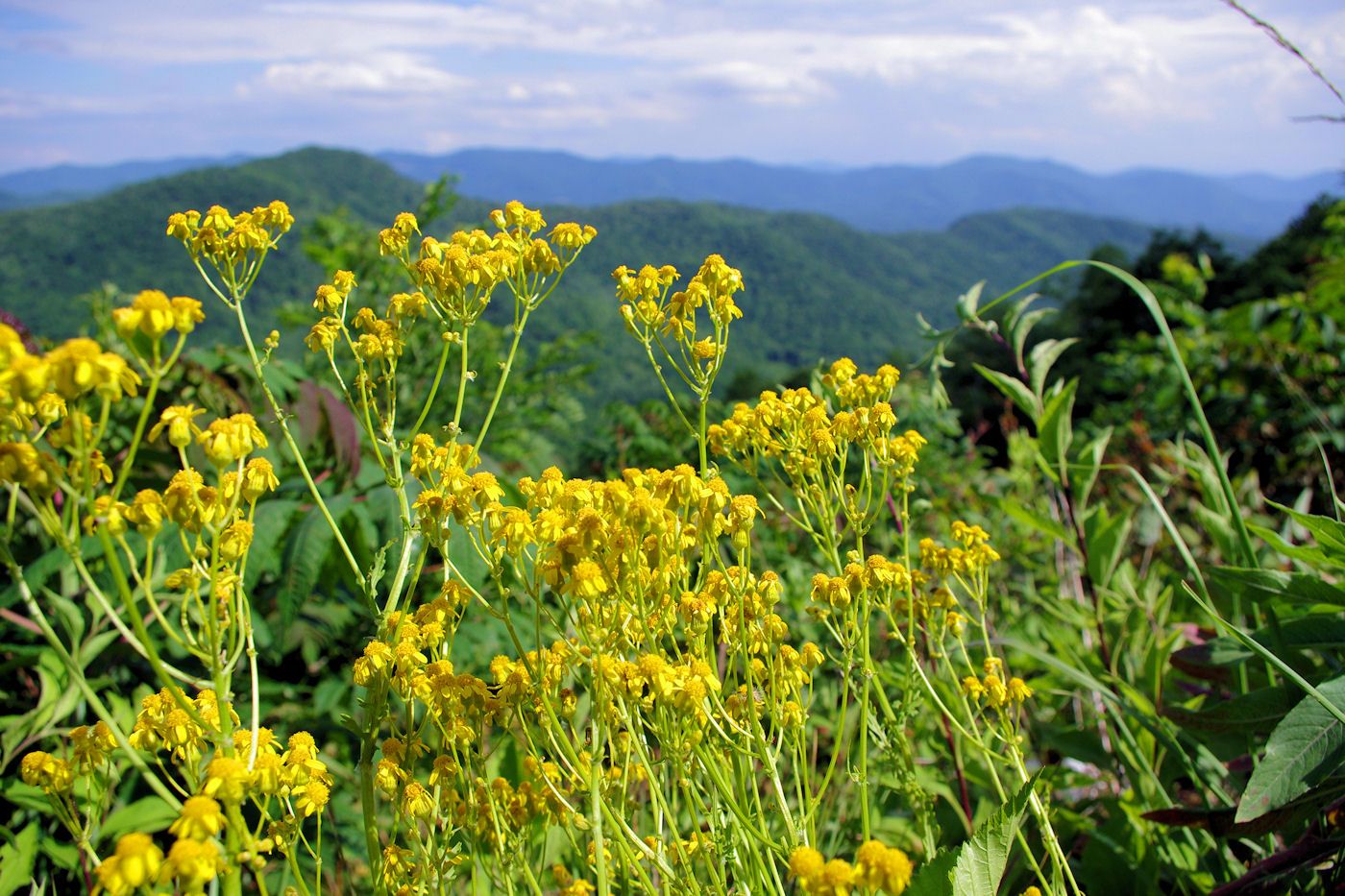

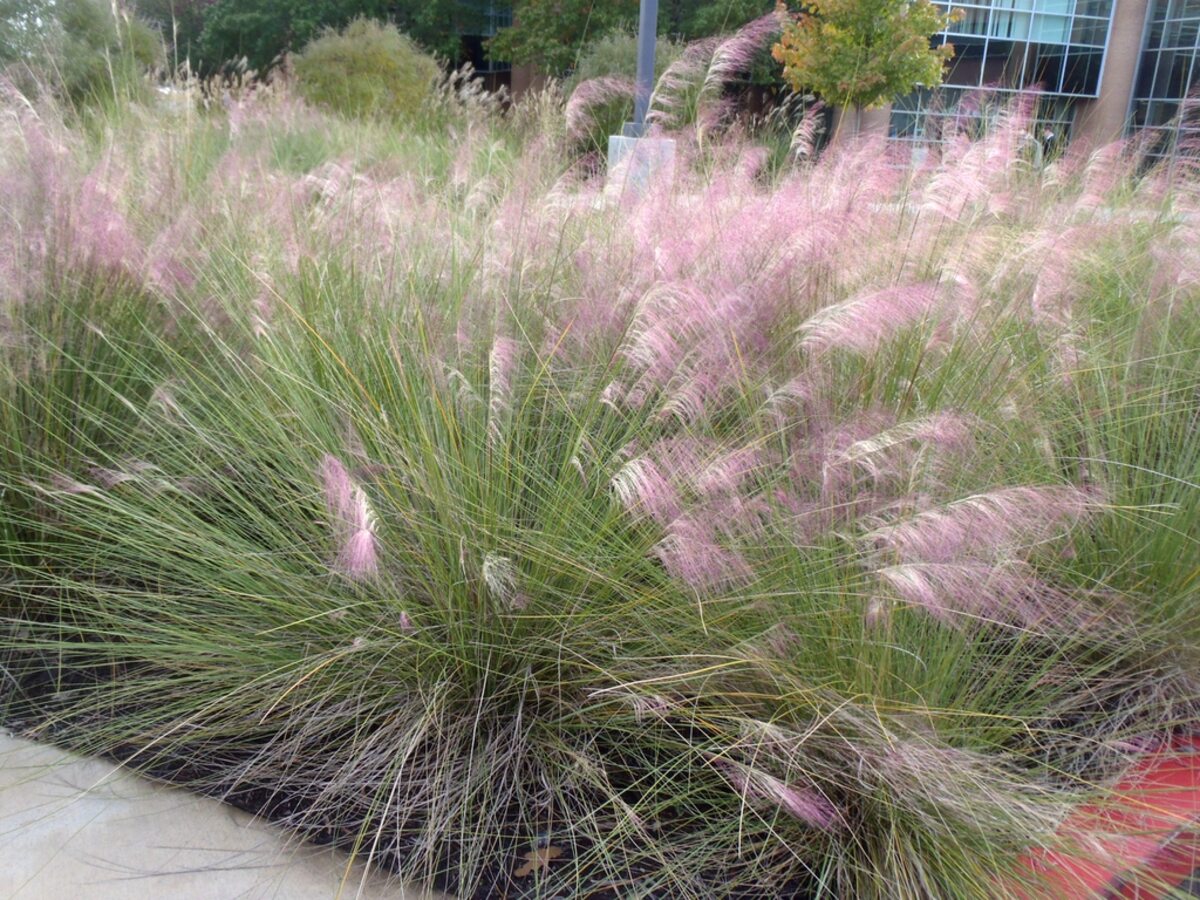
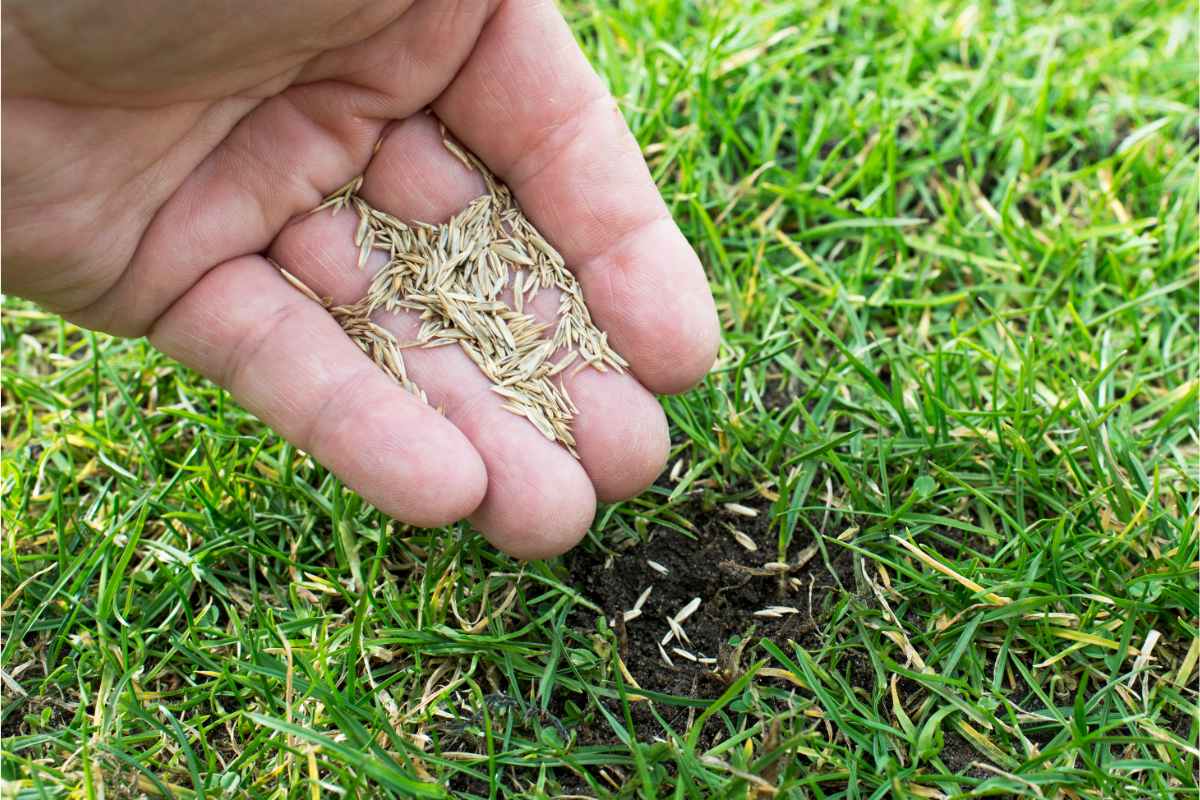
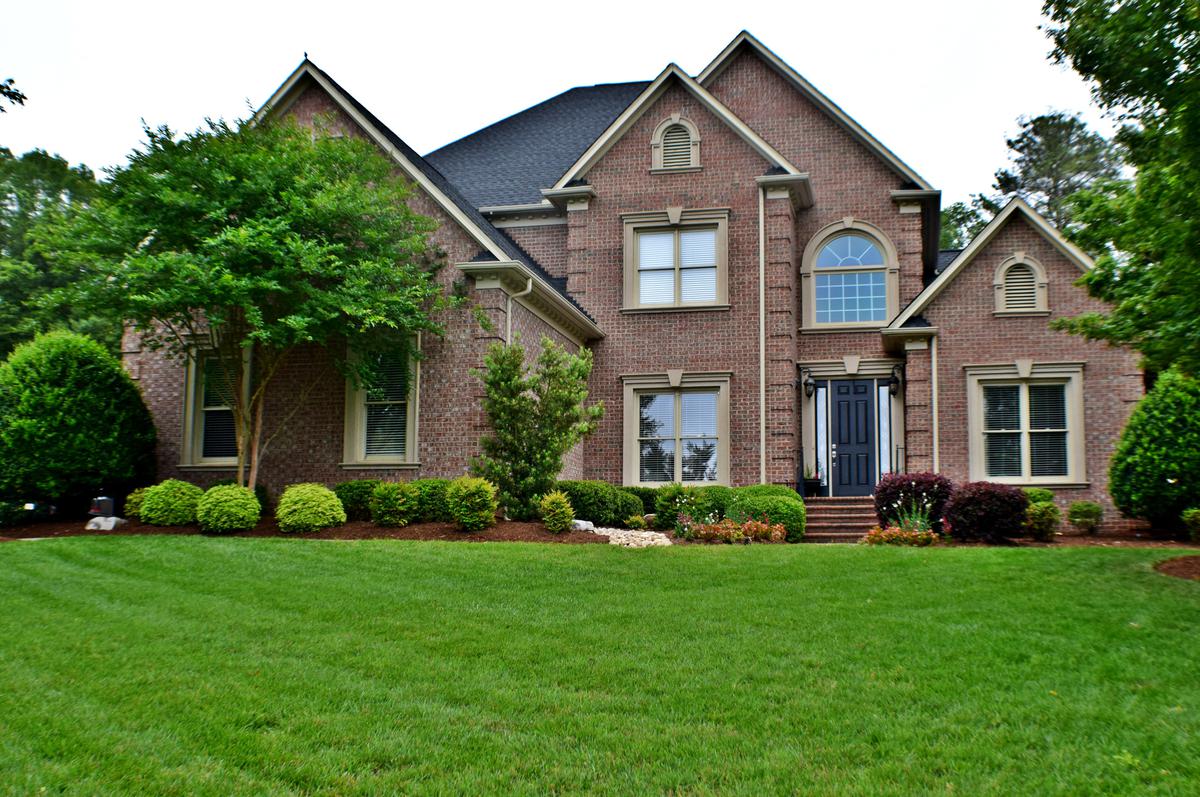

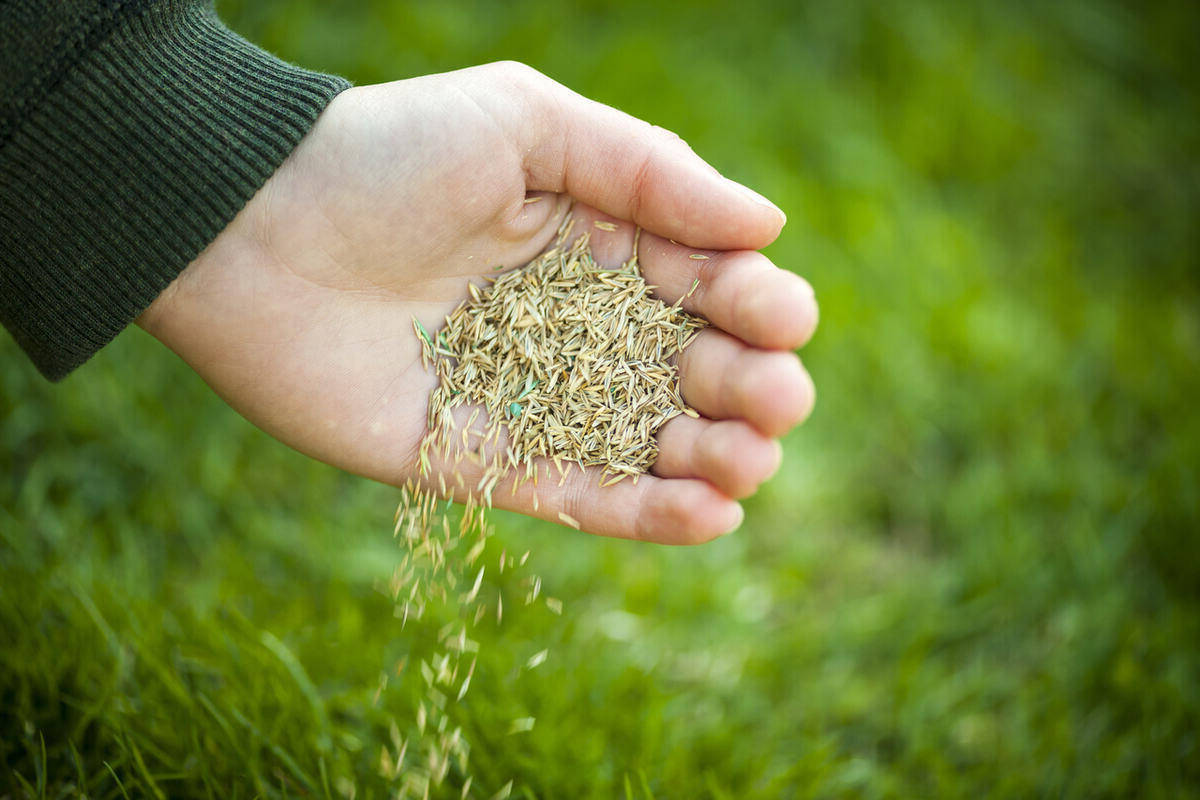
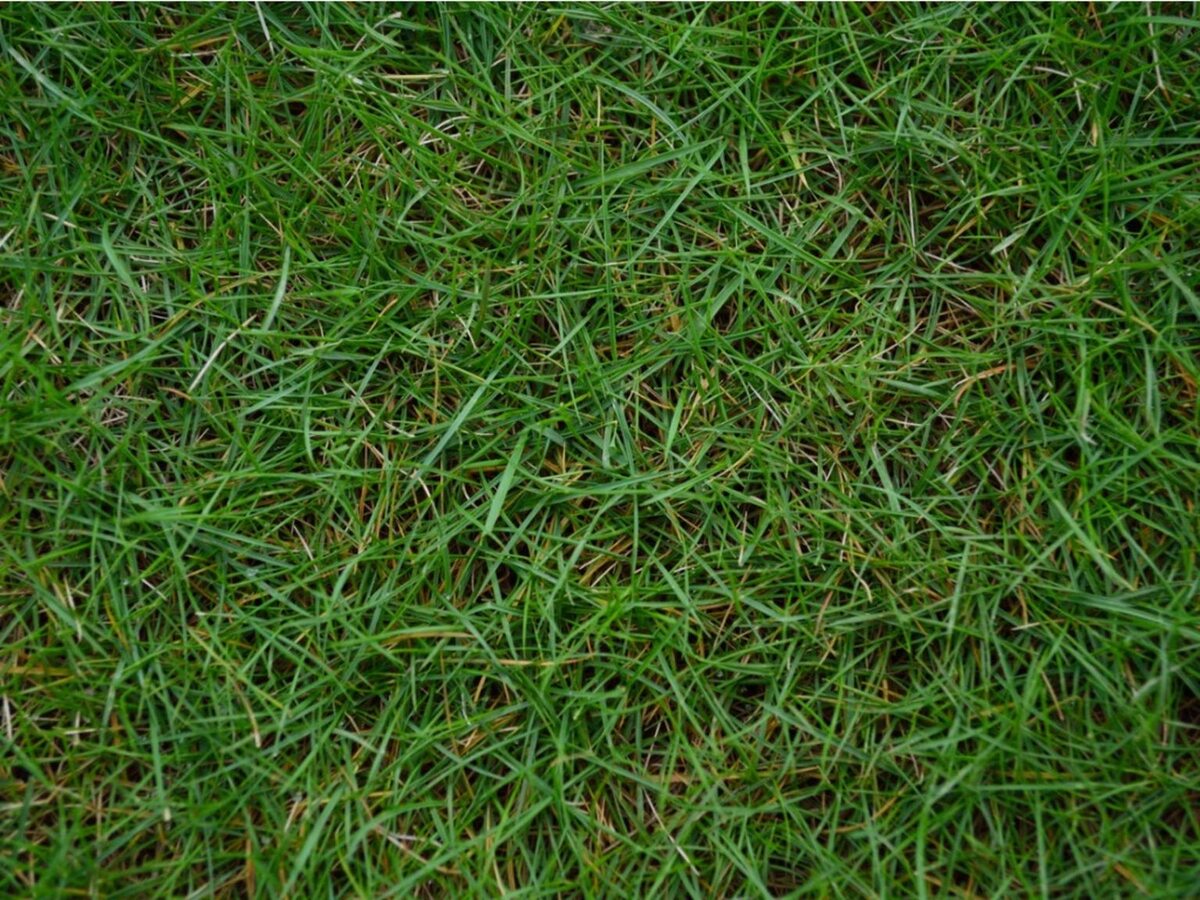
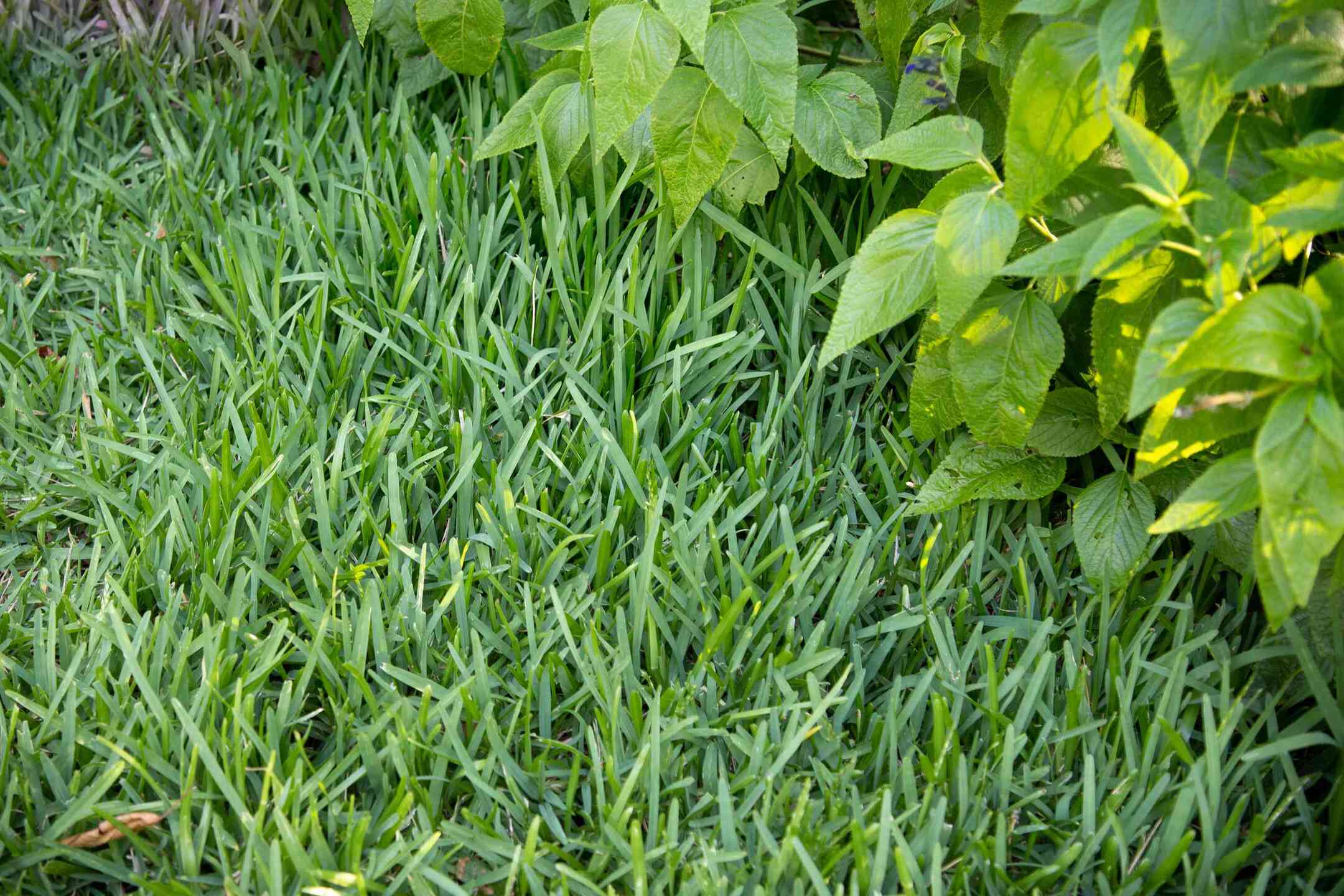
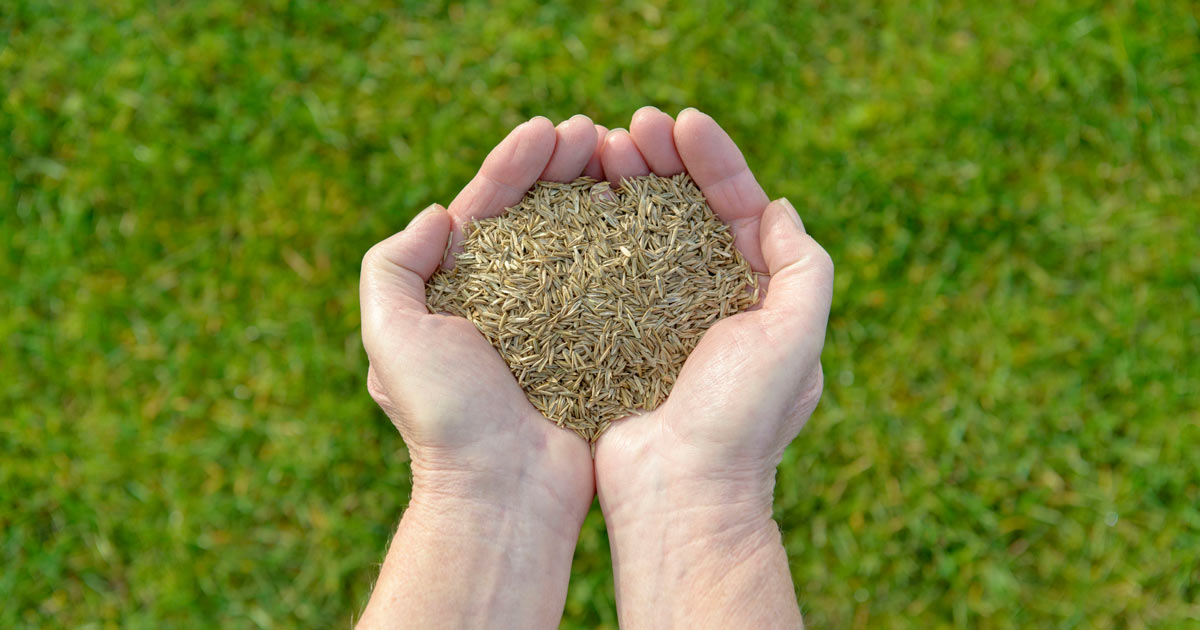

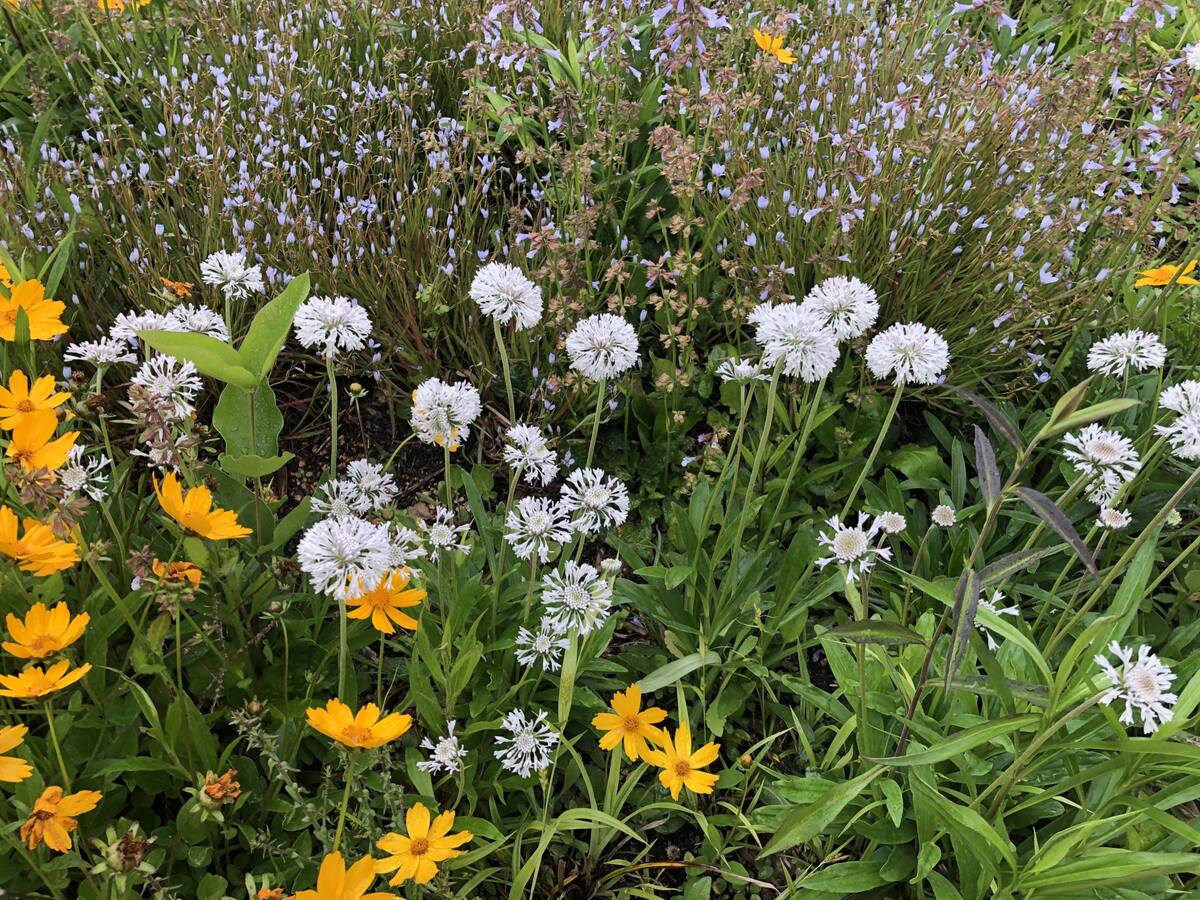
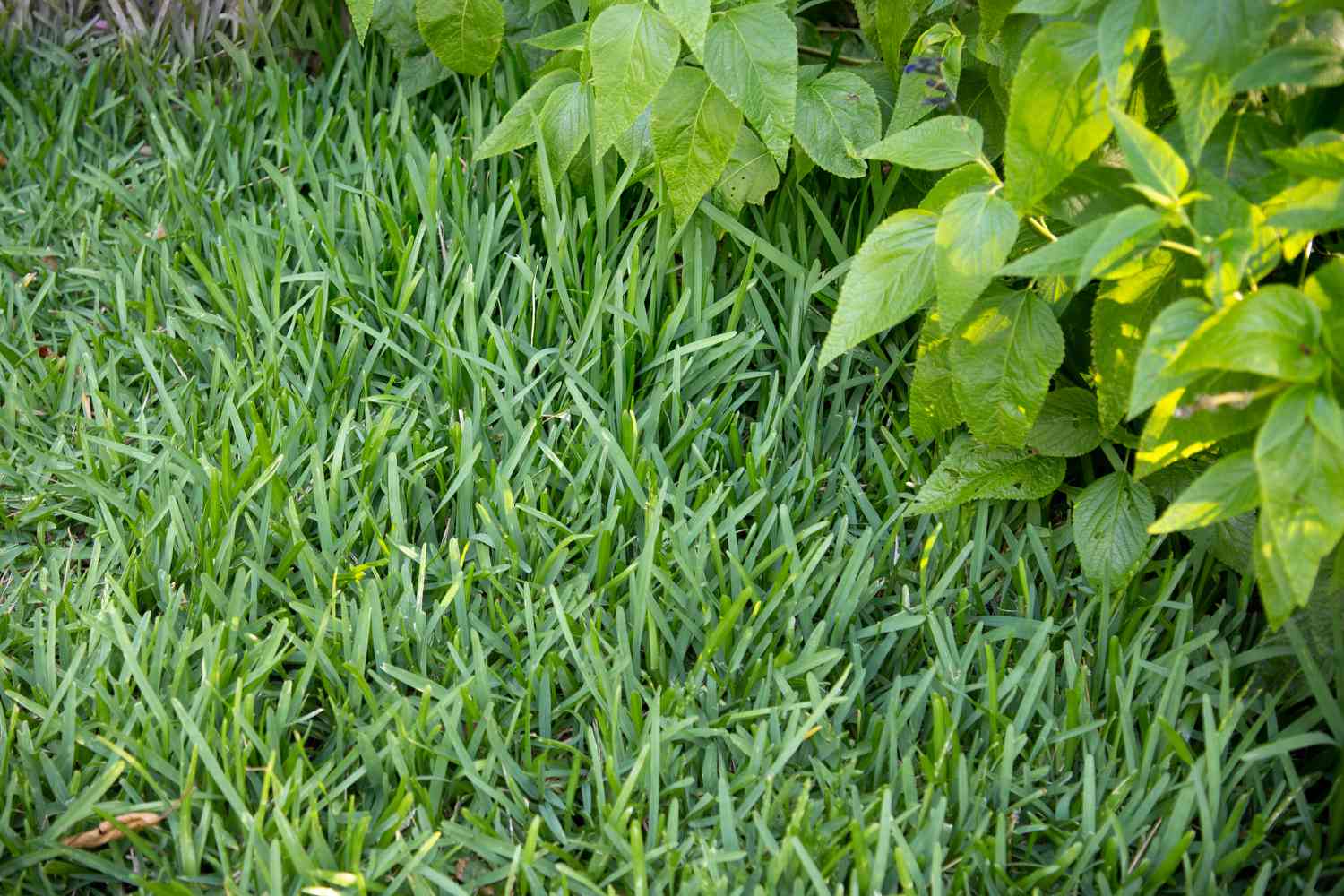

0 thoughts on “When To Plant Centipede Grass Seed In North Carolina”